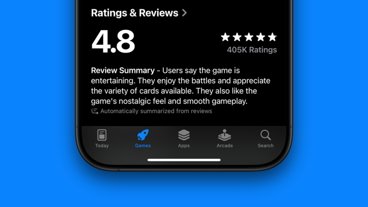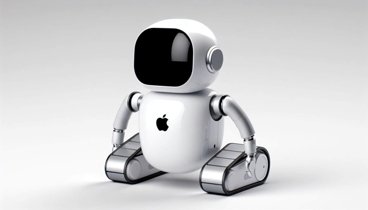Sporting apps MLB.com at Bat and NHL on Tuesday became the first iOS titles to take advantage of a new iOS 10.3 feature that allows users to change an app's home screen icon after installation.
The feature affords users of MLB.com at Bat and the official NHL an opportunity to replace the apps' respective icons with branded logos of their favorite teams, bringing a new level of personalization to the iOS home screen.
Both developed by MLBAM, the app updates integrate a little-known feature called "user-selectable icons" that rolled out with iOS 10.3 on Monday. In practice, MLB.com at Bat and NHL ask users to select a suitable icon on first startup. Alternative icons can be selected at any time by navigating to in-app settings.
As noted by TechCrunch, Apple requires developers to include customized icons as image files when an app is submitted for review. This means icon personalization is somewhat limited, with developers only able to offer new assets with a full app update.
When the customization feature was first discovered in an iOS 10.3 beta earlier this year, it was speculated that Apple would allow developers to implement dynamically changing home screen icons. While a specific application was unclear at the time, some guessed the technology could lead to home screen assets akin to the original implementation of Glances in the first watchOS.
For example, an app like Dark Sky Weather might change its state from an icon depicting the sun to one showing a cloud to reflect an upcoming change in weather.
Unfortunately, the current iOS implementation of user-selectable icons is largely static, as users must manually change the images from an app prompt or settings menu. Apple in its developer guidelines prohibits apps from changing customizable icons without user request, further noting that any modification must be accompanied by a pop-up confirmation pane.
The document also specifies that said icons should only be used when customization is a "primary feature" of a specific app. As usual, Apple tells developers that alternative icons should meet certain visual continuity standards and must be offered in different sizes to render correctly across various system functions like Spotlight.
 Mikey Campbell
Mikey Campbell






-m.jpg)






 Marko Zivkovic
Marko Zivkovic
 Christine McKee
Christine McKee
 Andrew Orr
Andrew Orr
 Andrew O'Hara
Andrew O'Hara
 William Gallagher
William Gallagher

 Mike Wuerthele
Mike Wuerthele
 Bon Adamson
Bon Adamson




-m.jpg)



9 Comments
This seems like a logical first step in training the market for complication-like home screen icons. (E.g. weather app that displays current conditions.) Otherwise it seems like a lot of code and process for a pretty minor change. Apple are known for creating limited features that they slowly open up to developers. They probably have many reasons for that, but I think an important one is that it trains the developer into understanding what is acceptable (otherwise developers will squeeze banner ads into their icons.)
What I want in iOS 11 is icons for certain categories of apps that change automatically and within very strict guidelines: clocks, calendars, weather and timers, to start with. What I do not want is iOS to turn into the mess that is Windows Phone. Gruber kind of likes Win Phone (or whatever it's called) but I think it's a royal-mess. And as horrible as Android is compared to iOS design-wise, it's far nicer than Windows Phone to look at and more crucially, to use. An obvious careful evolution of the home screen are analog or digital clocks that tick (move), calendars with the correct date, timers who show the remaining minutes and a bog-standard weather summery of rain or sunshine or thunder and temperature on weather-app icons, for your location or choice (or current location).
Cool. Changed the home screen icon on both apps already.